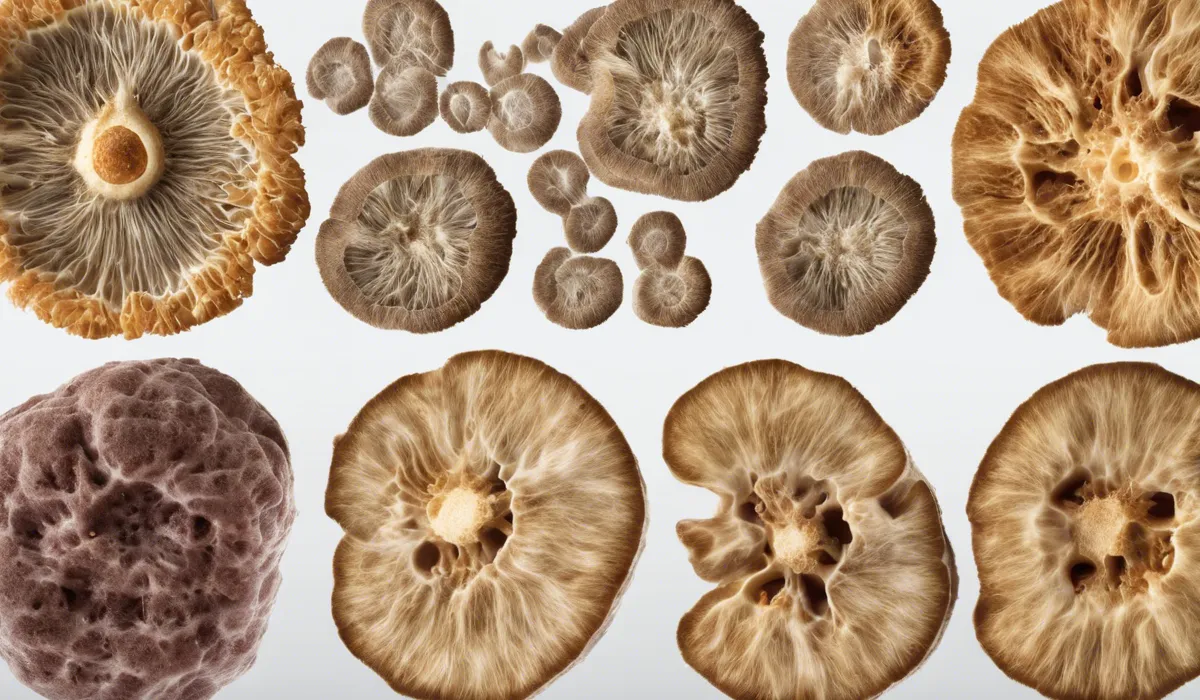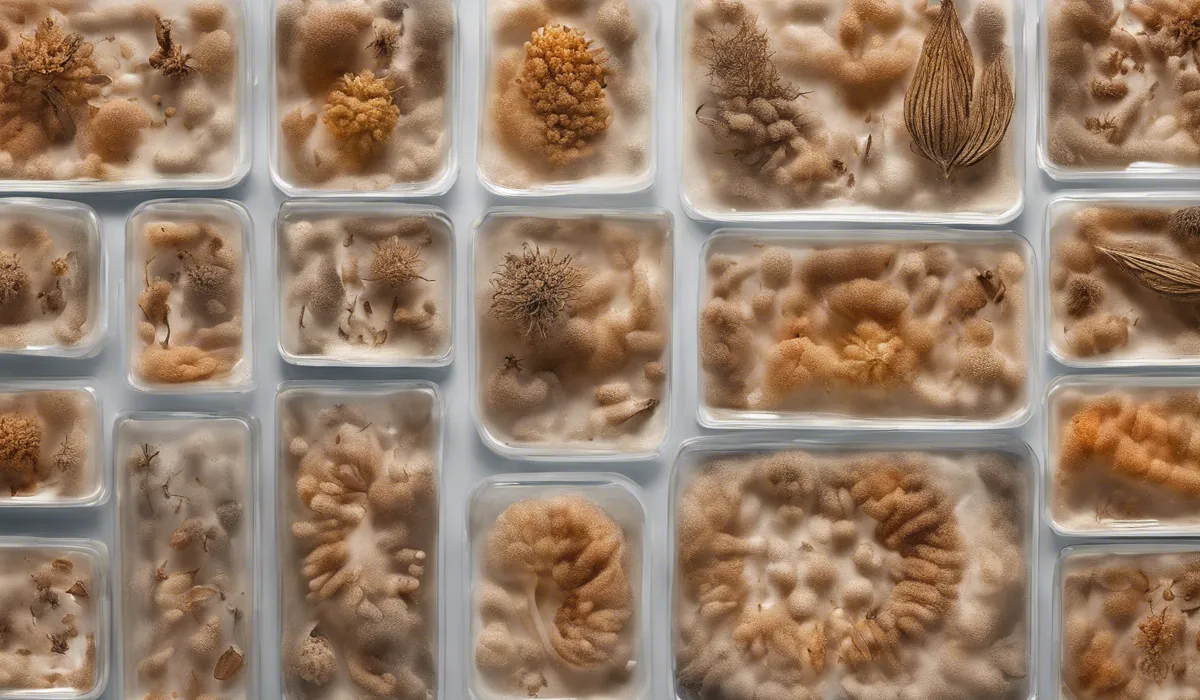Yes, Fusarium is a type of mold. It’s a genus of fungi widely distributed in soil and associated with plants. Some Fusarium species are known to cause diseases in crops and can produce toxins harmful to humans and animals if ingested.
What is Fusarium?

Definition and Characteristics of Fusarium
Fusarium is a genus of fungi that encompasses a wide variety of species. These microorganisms are molds known for their filamentous and thread-like structures, called hyphae.
Fusarium species thrive in soil and are often found living in symbiosis with plants. They play a critical role in the ecosystem, breaking down organic matter and contributing to the nutrient cycle.
However, they can become problematic when they infect crops, leading to significant agricultural losses.
Types of Fusarium Species and Their Habitats
There are numerous Fusarium species, each adapted to specific environments. Some common species include Fusarium oxysporum, Fusarium solani, and Fusarium graminearum.
These species are primarily soil inhabitants but can also be found on plants, in water, and even in the air.
Their ability to survive in diverse habitats makes them a formidable presence in the environment.
The Role of Fusarium in the Environment
In the natural world, Fusarium species are decomposers. They help break down dead organic material, returning nutrients to the soil and supporting plant growth.
However, when conditions are conducive to overgrowth, Fusarium can cause diseases in plants, affecting ecosystems and human activities such as agriculture.
Fusarium as a Mold

Explanation of Mold and Its Biological Classification
Mold is a type of fungus that grows in multicellular structures called hyphae. Molds are a diverse group within the kingdom Fungi and are known for their ability to decompose organic materials.
They reproduce by releasing spores that can travel through the air, allowing them to colonize new environments.
How Fusarium Fits into the Category of Molds?
Fusarium is classified as a mold due to its growth pattern and reproductive methods. Like other molds, Fusarium species form colonies that can spread quickly under the right conditions.
They release spores that can infect plants or contaminate food sources, and they have a significant impact on the world around us.
Differences and Similarities between Fusarium and Other Common Molds
Fusarium shares many traits with other molds, such as the ability to thrive in moist environments and decompose organic matter.
However, it is distinct in its association with specific diseases in plants and humans. Unlike some benign molds, certain Fusarium species can produce mycotoxins, which are toxic chemical compounds that pose health risks to humans and animals.
Impacts and Management of Fusarium Mold

Effects of Fusarium on Agriculture and Human Health
Fusarium species can have devastating effects on agriculture, causing diseases such as Fusarium wilt, root rot, and head blight in crops.
These diseases lead to reduced yields and contaminated produce. For human health, exposure to Fusarium mycotoxins can lead to illnesses, including allergies and more severe conditions if ingested in food.
Common Diseases Caused by Fusarium Species
Fusarium wilt is a notorious disease that affects a wide range of plants, leading to wilting and death.
Fusarium head blight, primarily affecting grains like wheat and barley, can lead to significant crop losses and the contamination of grain with mycotoxins.
Root rot caused by Fusarium can destroy entire crops by attacking the root systems of plants.
Prevention and Control Measures for Fusarium Infestations
To manage Fusarium infestations, farmers must employ integrated pest management strategies.
These include crop rotation, using resistant plant varieties, and applying fungicides when necessary.
Proper sanitation and the removal of infected plant material also help to reduce the spread of Fusarium species in agricultural settings.
FAQs About Fusarium Mold
What is Fusarium?
Fusarium is a genus of fungi that includes many species widely distributed in soil and associated with plants, some of which can cause plant diseases and produce harmful toxins.
Is Fusarium mold dangerous?
Some species of Fusarium mold can be dangerous as they produce mycotoxins that are harmful to humans and animals if ingested, and can also cause diseases in crops.
Where can Fusarium mold be found?
Fusarium mold is commonly found in soil and in association with a variety of plants, both in agricultural settings and in the wild.
Can Fusarium affect indoor environments?
While Fusarium is primarily found outdoors, it can also affect indoor environments, particularly if there is plant material or soil present.
How can exposure to Fusarium be prevented?
Preventing exposure to Fusarium involves properly managing plant and soil health, storing food appropriately to avoid contamination, and ensuring good indoor air quality to minimize the risk of indoor mold growth.
Final Thoughts
Fusarium is indeed a mold belonging to a genus of fungi prevalent in soil and around plants.
While it plays a role in the ecosystem, certain Fusarium species are notorious for causing plant diseases and producing mycotoxins, which pose health risks to humans and animals when consumed through contaminated food.
